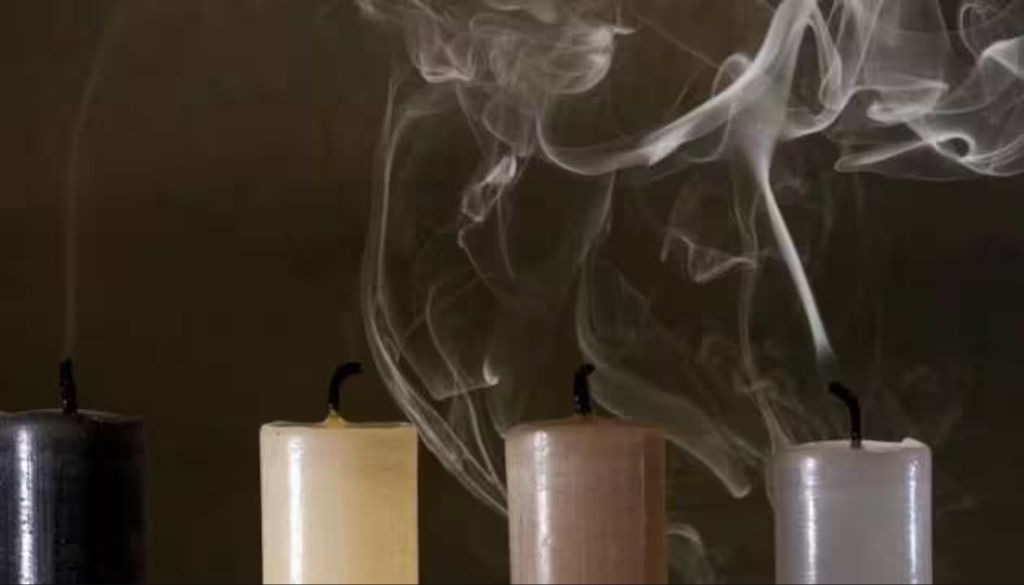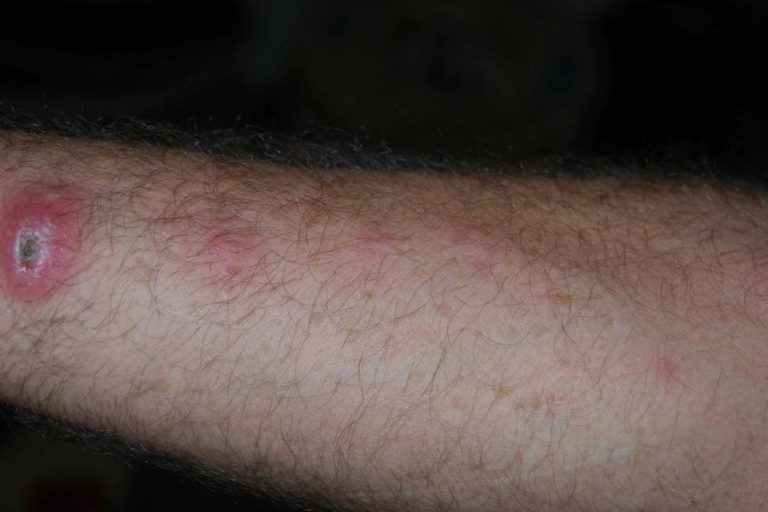Is Candle Wax Toxic To Inhale?
In recent years, there has been growing concern about the potential health effects of inhaling candle smoke and fumes. Candles release tiny particles and volatile organic compounds (VOCs) into the air when burned. With the popularity of scented candles, some health experts have raised questions about whether frequently inhaling these substances could be harmful over time.
This article provides an overview of the key concerns around inhaling candle wax fumes. It looks at what candle smoke contains, how it can impact health, and steps you can take to minimize risks when burning candles at home. The goal is to help readers understand if candle wax is toxic to inhale based on the latest scientific research.
Composition of Candle Wax
Candle wax comes in a variety of forms, with the most common being paraffin wax, soy wax, and beeswax. Paraffin wax makes up the majority of candle wax and is a byproduct of petroleum refining (cited from: https://waxandwick.co/blogs/journal/what-is-candle-wax-made-of-chemically). It has a low melting point which allows it to liquefy into a smooth pool as the candle burns. Soy wax is made from hydrogenated soybean oil and was introduced as a renewable and environmentally-friendly alternative to paraffin. It burns slower and cooler than paraffin (cited from: https://shoparchipelago.com/blogs/blog/types-of-candle-wax). Beeswax is a natural wax produced by honey bees and has been used in candle making for centuries. It has a high melting point and burns brighter and longer than other waxes.
Health Concerns
When candles are burned, they release small particles into the air known as particulate matter (PM). The two main sizes of PM are PM2.5 and PM10. PM2.5 refers to tiny particles that are 2.5 microns or smaller in diameter, which is about 30 times smaller than the width of a human hair. These miniscule particles can penetrate deep into the lungs. According to a 2022 study, exposure to PM2.5 from burning candles can lead to pulmonary inflammation and exacerbation of respiratory conditions like asthma.

Candles also emit volatile organic compounds (VOCs) when burned. VOCs are carbon-based chemicals that easily evaporate into the air. Common VOCs released from candles include benzene, toluene, and formaldehyde. At high concentrations, VOCs can cause eye, nose, and throat irritation. Long-term exposure to certain VOCs is also associated with damage to the liver, kidneys, and central nervous system, according to the Cleveland Clinic. However, research shows VOC exposure from normal household candle usage is generally low.
Particulate Matter
When candles are burned, they release tiny particles into the air known as particulate matter. These particles are very small, about 2.5 microns or less in size, which allows them to be easily inhaled deep into the lungs (Source). Studies show that exposure to particulate matter from candles can cause lung irritation and inflammation.
The particulate matter released from candles contains chemicals like formaldehyde, benzene, toluene, and acetaldehyde. These substances are known respiratory irritants. At high levels, the particulate matter can overwhelm the lungs’ natural defenses and lead to coughing, wheezing, shortness of breath, and worsened asthma symptoms.
Those with pre-existing respiratory issues like asthma or COPD are most vulnerable to the effects of particulate matter exposure. But even healthy individuals may experience lung irritation with excessive particulate matter inhalation from candles.
VOCs
Volatile organic compounds (VOCs) are chemicals that easily vaporize at room temperature. Candles release VOCs through off-gassing and burning. The wax, wicks, and any scented additives all contain VOCs that enter the air as you burn a candle.

According to the National Candle Association, nearly all fragrance ingredients in a candle are VOCs. When inhaled, VOCs can irritate the eyes, nose and throat. Exposure to high concentrations of VOCs may also cause headaches, nausea, and damage to the liver, kidneys and central nervous system.1
A study in the National Library of Medicine showed that scented candles, like other fragrance products, emit concerning levels of VOCs when burned. The VOCs detected included acetone, ethylbenzene, and formaldehyde – all of which have known toxicity with excessive exposure. The researchers concluded that VOC emissions from burning scented candles could negatively impact indoor air quality and health.2
Other Factors
In addition to particulate matter and VOCs, there are some other factors that can affect the potential toxicity of inhaling candle wax:
Wick Type
The type of wick used in a candle can influence toxins released during burning. Cotton wicks release more soot than other materials like wood or paper. Lead-core wicks, once common, could release dangerous lead into the air. Modern candle wicks are often lead-free and made of materials like cotton, wood, or paper.
Fragrance Oils
Artificial fragrance oils added to candles also release VOCs when burned. Studies show scented candles emit more chemicals than unscented versions. Opting for candles with natural essential oil or botanical fragrances can reduce this exposure.
Ventilation
Burning candles in enclosed spaces with poor ventilation can concentrate particles, VOCs, and other chemicals in the air and lead to greater inhalation. Opening windows, using fans, and burning candles in larger rooms improves ventilation and dilution of toxins.
Minimizing Exposure

While burning candles results in some level of exposure to particulate matter and VOCs, there are ways to minimize your exposure and make candle burning safer. Here are some tips:
- Trim the wick to 1⁄4 inch before lighting. Long wicks produce more soot and release more VOCs.
- Make sure to open windows, use fans, or turn on vents when burning candles. This helps ventilate the room and prevent VOCs from building up.
- Limit the amount of time you burn candles per day or week. Don’t burn very large candles for prolonged periods indoors.
- Extinguish candles before leaving a room or going to sleep.
- Place candles away from you, don’t burn them right next to where you are sitting or sleeping.
Taking precautions like trimming wicks, ventilating rooms, limiting burn times, and placing candles away from you can help reduce risk of overexposure when enjoying candles.
Safest Candle Options
When it comes to minimizing potentially harmful effects from candle emissions, some types of candle wax are safer than others. According to experts, the most recommended options are:

Beeswax
Beeswax candles produce less soot or smoke compared to paraffin wax. Beeswax is a natural wax made by honey bees that does not require as much processing and refining as paraffin (“the safest type of candle wax known” [1]).
Soy wax
Soy wax is another natural alternative to paraffin that produces very little soot. Soy wax comes from soybean oil and is biodegradable and renewable (“the safest type of candle wax known” [1]).
Unscented
Choosing unscented or fragrance-free candles can help minimize exposure to potentially hazardous chemical fragrances. Fragrances added to candles have been linked to health issues for some individuals (“the safest type of candle wax known” [1]).
In summary, opting for natural waxes like beeswax and soy over paraffin, plus avoiding scented candles, can help reduce risks from inhaling candle emissions.
[1] “the safest type of candle wax known”, https://thecandleland.com/do-candles-cause-climate-change/
When Exposure Becomes Dangerous
While brief exposure to candle emissions is unlikely to cause harm in most people, certain conditions can make exposure riskier.
Prolonged exposure in an unventilated space raises the chance of breathing in higher concentrations of particulate matter and VOCs. Burning multiple candles for hours in a small enclosed room allows particulate matter and gases to accumulate to much higher levels.
Infants, young children, the elderly, and those with respiratory conditions like asthma are at higher risk for irritation or breathing problems from any airborne pollutants. Their lungs and immune systems may struggle to cope with particles and gases released by candles.
Pregnant women also need to take precautions, as some VOCs can be transferred to the fetus. Candle emissions should be avoided as much as possible during pregnancy.
If you experience symptoms like wheezing, chest tightness, headaches, nausea or eye irritation when burning candles, that’s a sign you need to minimize exposure. Seek medical help if symptoms persist or worsen.
Conclusion
In summary, while burning candles does release compounds that may be harmful if inhaled excessively, occasional candle use is unlikely to pose significant health risks for most people. The main concerns are particulates from soot and volatile organic compounds like benzene and toluene. Minimizing exposure by avoiding poorly ventilated spaces, trimming wicks, and choosing cleaner wax options like beeswax can help mitigate risks. Those with respiratory conditions may be more vulnerable and should take extra precautions. Overall, candles can be enjoyed safely and responsibly with some basic knowledge and care around their use. Maintaining awareness of exposure levels and potential symptoms is advised, especially for regular candle users. But occasional, moderate usage in well-ventilated areas poses minimal concerns for healthy individuals.






